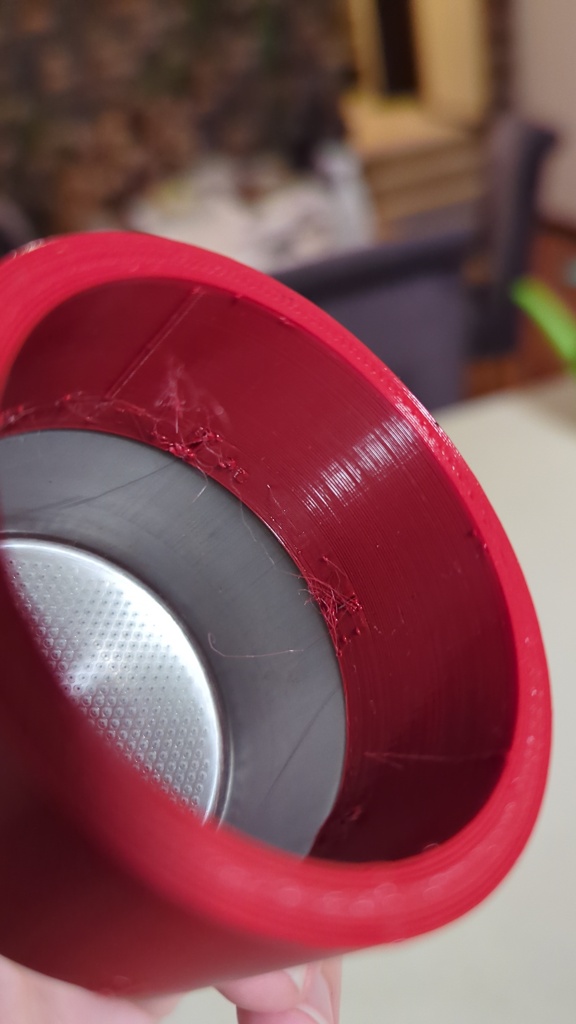3DPrinting
3DPrinting is a place where makers of all skill levels and walks of life can learn about and discuss 3D printing and development of 3D printed parts and devices.
The r/functionalprint community is now located at: !functionalprint@kbin.social or !functionalprint@fedia.io
There are CAD communities available at: !cad@lemmy.world or !freecad@lemmy.ml
Rules
-
No bigotry - including racism, sexism, ableism, homophobia, transphobia, or xenophobia. Code of Conduct.
-
Be respectful, especially when disagreeing. Everyone should feel welcome here.
-
No porn (NSFW prints are acceptable but must be marked NSFW)
-
No Ads / Spamming / Guerrilla Marketing
-
Do not create links to reddit
-
If you see an issue please flag it
-
No guns
-
No injury gore posts
If you need an easy way to host pictures, https://catbox.moe/ may be an option. Be ethical about what you post and donate if you are able or use this a lot. It is just an individual hosting content, not a company. The image embedding syntax for Lemmy is 
Moderation policy: Light, mostly invisible
view the rest of the comments


It’s interesting that previously you said bacteria and now you say plastic. You know a lot, so enlighten the rest of us. What’s the concern here? As others have pointed out, coffee hoppers are rarely cleaned by most people, and this never gets wet and mostly handles dry whole beans with a little bit of dry bean dust. PLA is theoretically food safe as a material itself (and used in plastic utensils and containers). What are we missing? Please explain thoroughly in a single long post, not a quip because too many of us aren’t understanding from short quips.